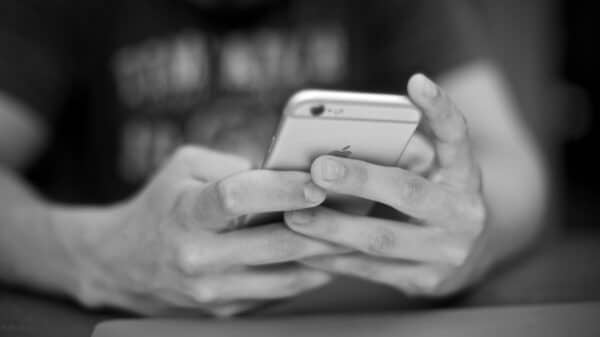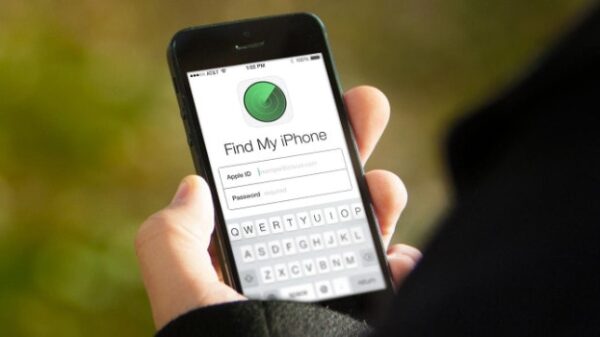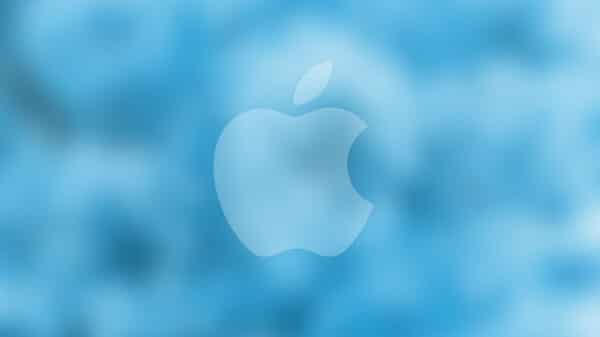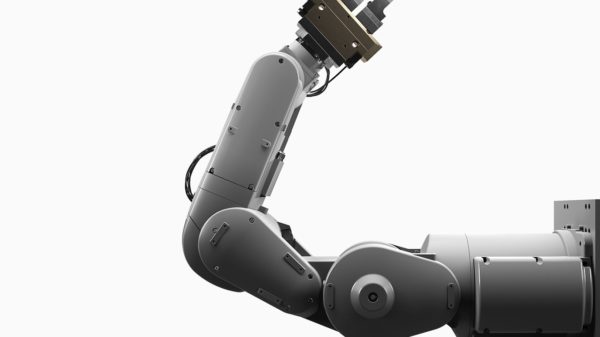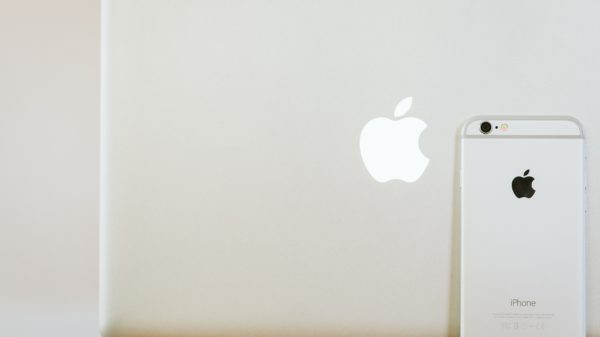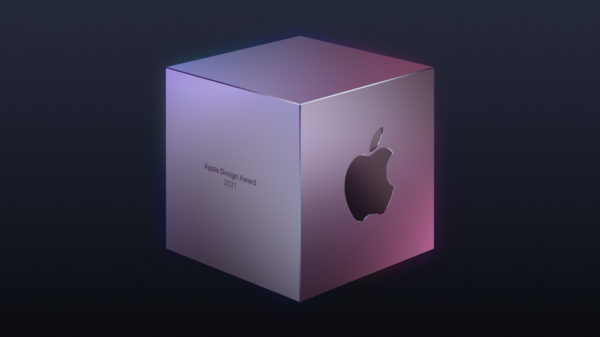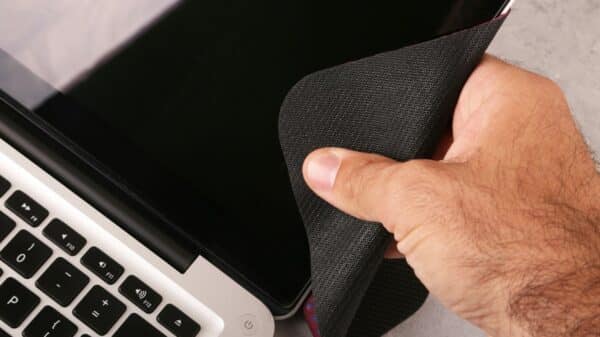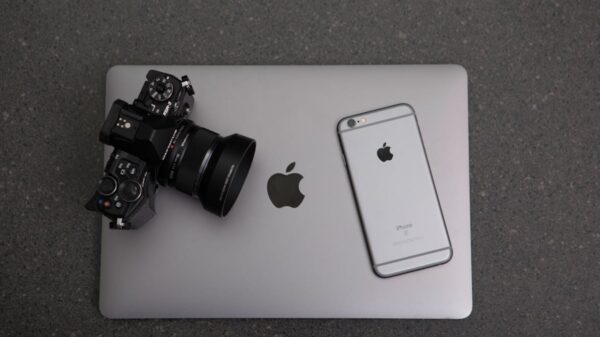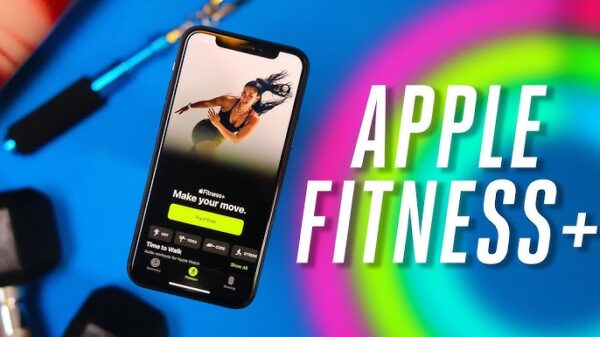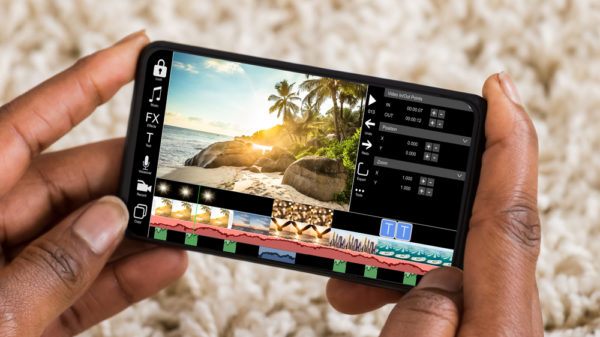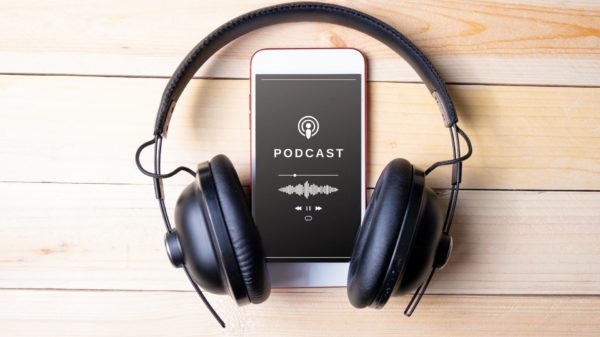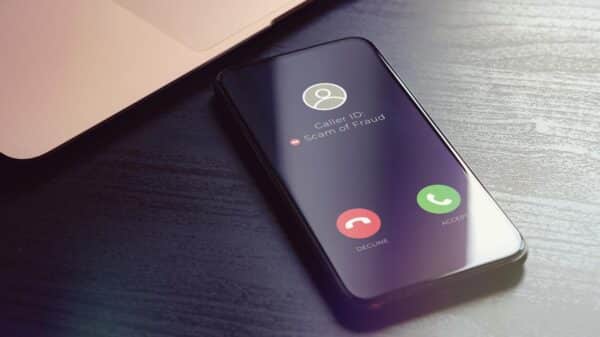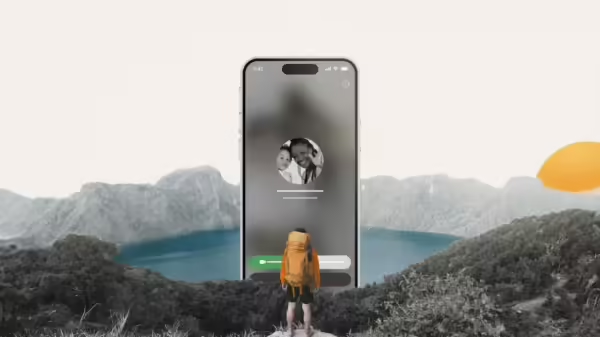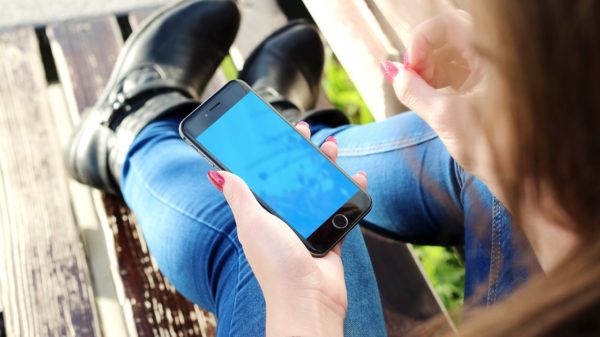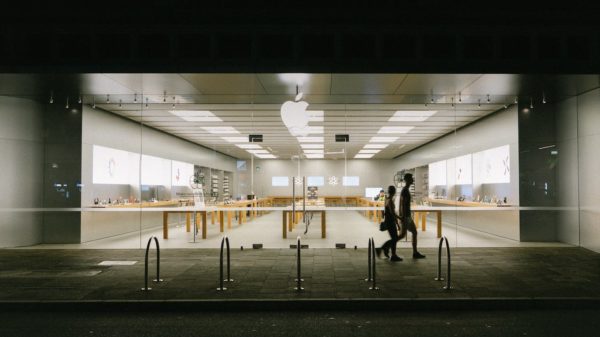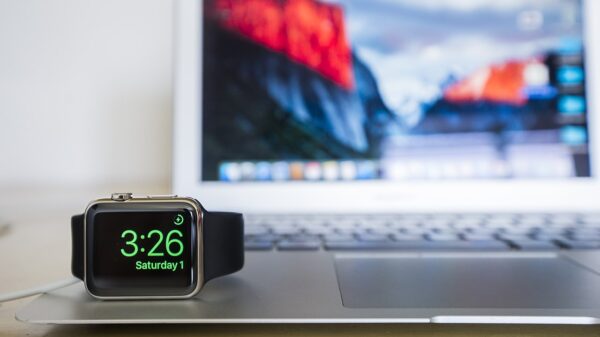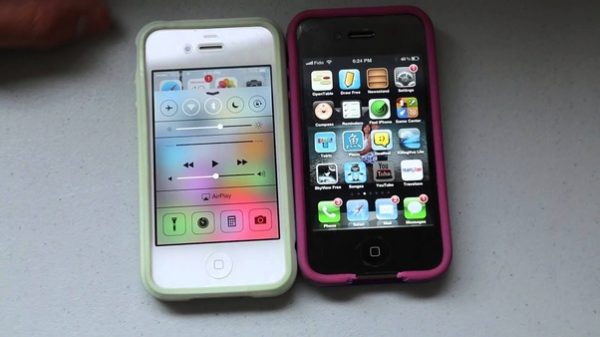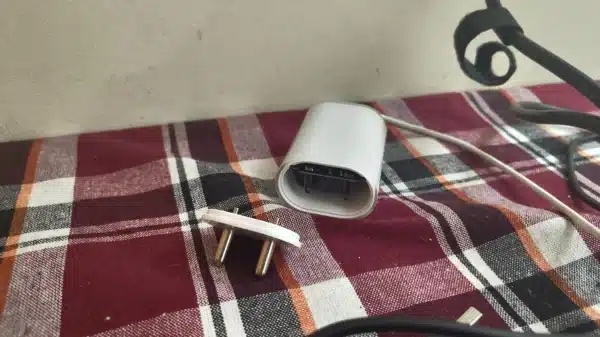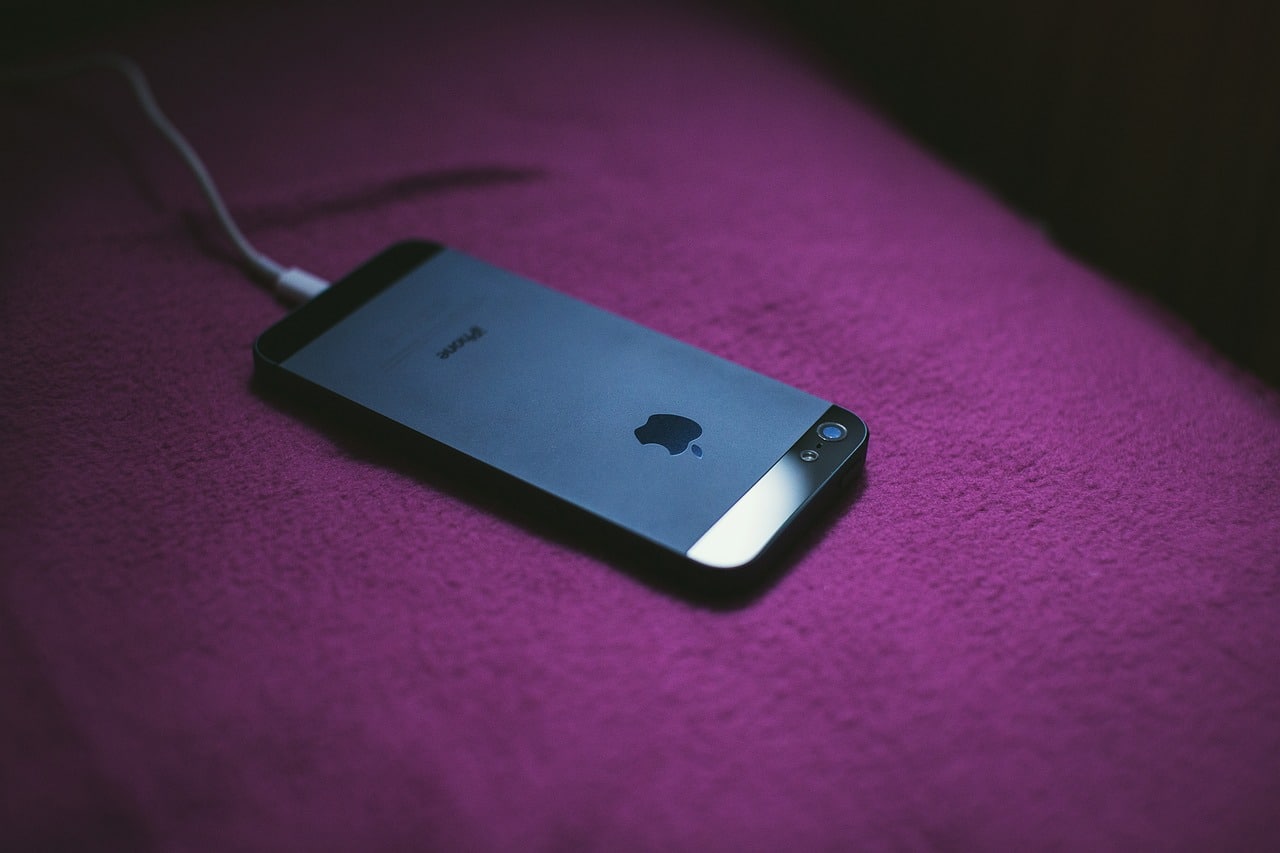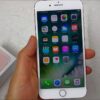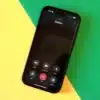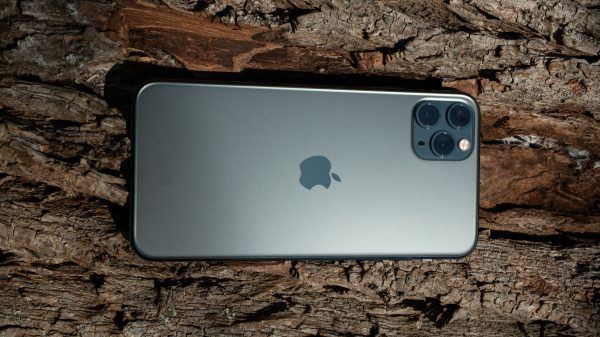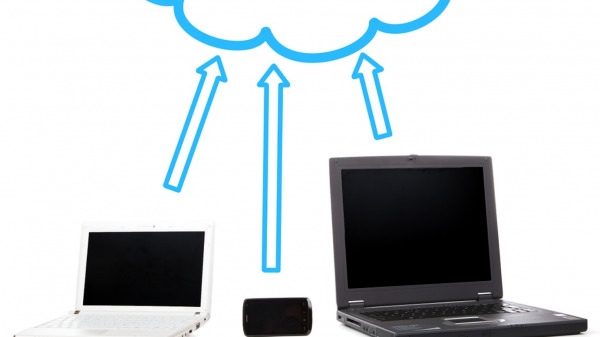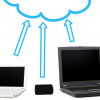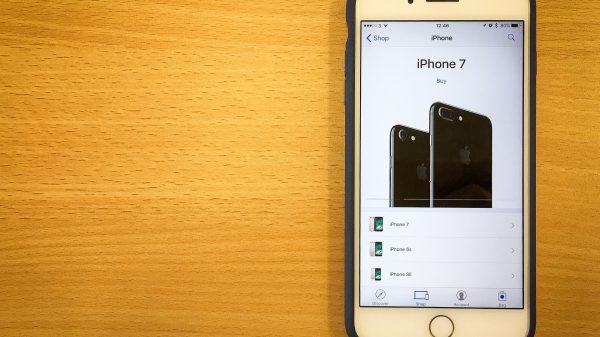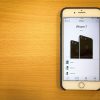In the realm of technology, the iPhone remains a popular choice among many due to its sleek design, advanced features, and unparalleled user experience. A significant element that keeps this device functional is the iPhone charger cable. However, many iPhone users have commonly reported one recurring problem— their iPhone charger cables stop working.
Understanding The Structure of the iPhone Charger Cables
A basic understanding of the iPhone charger cable structure can shed some light on why these cables may stop working. The cable primarily consists of four parts: the USB plug, the Lightning connector, the power wire, and the data wire.
The USB plug is what you insert into the adapter or computer to generate electricity for your device. The Lightning connector plugs into the iPhone and transfers power to the device. The power wire, as the name indicates, carries power from the USB plug to the Lightning connector. Lastly, the data wire facilitates data transfer between your device and the computer.
Common Reasons for iPhone Charger Cables Not Working
iPhone charger cables can stop working due to various reasons, and these can be broadly categorized into physical and software-related issues.
Damage from regular wear and tear
The lifecycle of an iPhone charger cable is significantly impacted by normal use. With each cycle of connection and disconnection, as well as the inevitable rolling and unrolling of the cable for storage, the internal wires undergo stress. These activities lead to the wear and tear of the cables over time. As the protective sheath weakens or the wires within fray, the ability of the cable to conduct electricity is compromised, leading to failure.
Damage due to improper handling
Beyond the normal wear and tear, improper handling can expedite the demise of your iPhone charger cable. Forceful yanking out of the plug from sockets, aggressive bending at sharp angles, or subjecting the cable to extreme environmental conditions such as direct sunlight or wet areas can all precipitate internal and external damage. This kind of mistreatment can sever the delicate internal connections, resulting in a cable that is unable to perform its basic function of charging your device.
Software Update issues
The interaction between software and hardware is intricate, and changes in the iOS software can sometimes lead to unexpected consequences with hardware compatibility. After an iOS update, some users might discover that their previously reliable charging cables suddenly become unrecognized or non-functional. This issue can often be attributed to new software protocols or security features that deem the existing cable incompatible.
OEM vs Non-OEM cables
The disparity in quality between Original Equipment Manufacturer (OEM) cables and Non-OEM cables can be considerable. Genuine Apple charger cables are designed for longevity and are rigorously tested for performance, but they come at a higher price. In contrast, third-party cables may offer a cost-effective alternative but often at the expense of durability and reliability. In many cases, these non-OEM cables can deteriorate faster and fail to keep up with the rigorous demands of regular use.
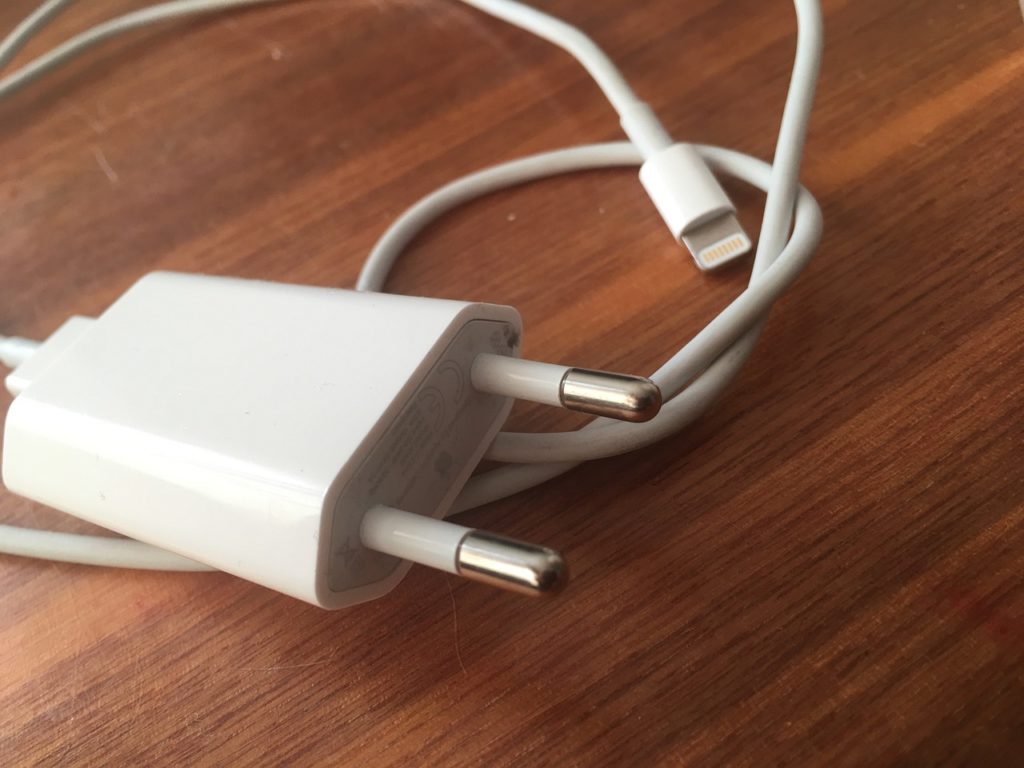
How to Prevent iPhone Charger Cable Damage
There are proactive steps you can take to preserve the functionality of your iPhone charger cables.
Correct way of handling the cable
To extend the life of your charger cable, always handle it with care. This includes gently removing the cable from your device and power source, avoiding sharp bends, and not subjecting the cable to extreme weather conditions. Proper handling can prevent many of the common physical damages that charger cables suffer.
Importance of software updates
Keeping your iOS up to date is crucial for ensuring that your device maintains compatibility with its accessories, including charger cables. Software updates often contain fixes that can resolve previous issues, including those that may prevent your charger cable from working properly. It is advisable to regularly check for and install any available software updates to minimize any potential problems.
Choosing High-quality charger cables
Investing in high-quality charging cables is wise for long-term usability. While the temptation to purchase cheaper, non-OEM cables is understandable, they may not be as cost-effective if they need frequent replacing. Choosing cables from Apple or those certified by Apple ensures you are getting a product designed to match the performance and durability expected for your iPhone.
Handling Malfunctioning iPhone Charger Cables
Even with diligent care, your iPhone charger cable may eventually fail. When this happens, there are a few steps you can take before considering a replacement.
How to troubleshoot common cable problems
If you suspect a problem with your charging cable, first try using it with different devices to determine if the issue is with the cable or the device’s charging port. A simple reboot of your iPhone can also resolve temporary glitches. Additionally, check for any pending software updates, as they may provide a fix for your charging woes.

When to consider replacing the cables
Visible signs of wear such as frayed wires, bent connectors, or torn insulation are clear indicators that it’s time to replace your charger cable. Moreover, if your charger cable still fails to work after trying various troubleshooting methods, it is likely beyond repair and a new one should be purchased. Remember, using damaged cables can be hazardous and may cause harm to your device or become a safety risk.
Conclusion
iPhone charger cables stop working due to various reasons— regular wear and tear, improper handling, software compatibility issues, or using a low-quality non-OEM cable. To prevent these scenarios, handle your cables properly, regularly update your software, and invest in high-quality charger cables. If you’re faced with a malfunctioning cable, attempt basic troubleshooting or consider replacement. Ultimately, taking proper care of your iPhone charger cable could save you from frequent replacement hassles and ensure your iPhone stays powered up.

